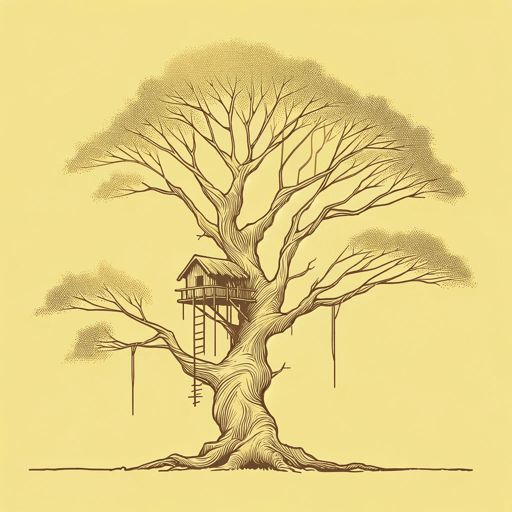34 pages • 1 hour read
Clarice LispectorThe Smallest Woman in the World
Fiction | Short Story | Adult | Published in 1960A modern alternative to SparkNotes and CliffsNotes, SuperSummary offers high-quality Study Guides with detailed chapter summaries and analysis of major themes, characters, and more.
Story Analysis
Analysis: “The Smallest Woman in the World”
Through the encounter between the French explorer Marcel Pretre and the pygmy woman known as Little Flower, Lispector explores the nature of human relationships, the power dynamics of perception, and the equally liberating and oppressing potential of love. The story employs vivid descriptions, symbolic imagery, and a reflective narrative voice that engages readers on multiple levels. The narrator’s tone varies between detached observation, intense emotional involvement, and irony. Lispector creates depth and complexity by building both the internal world of the characters and the external circumstances. In addition, the author does not pass judgment or criticism directly, providing all the information needed for the reader to make their own judgment. This is an important characteristic of all Lispector’s works: She does not impose her perspective on the reader but summons them for further reflection by keeping the narrative free of authorial inferences, predigested interpretations, and imposed moral deductions.
However, the narrator does have a distinctive voice throughout the short story, often evident in the ironic tone that she uses to portray the French explorer Marcel Pretre, who approaches the discovery of the pygmy tribe as a scientific endeavor but finds himself confronted with emotions that he did not anticipate.


